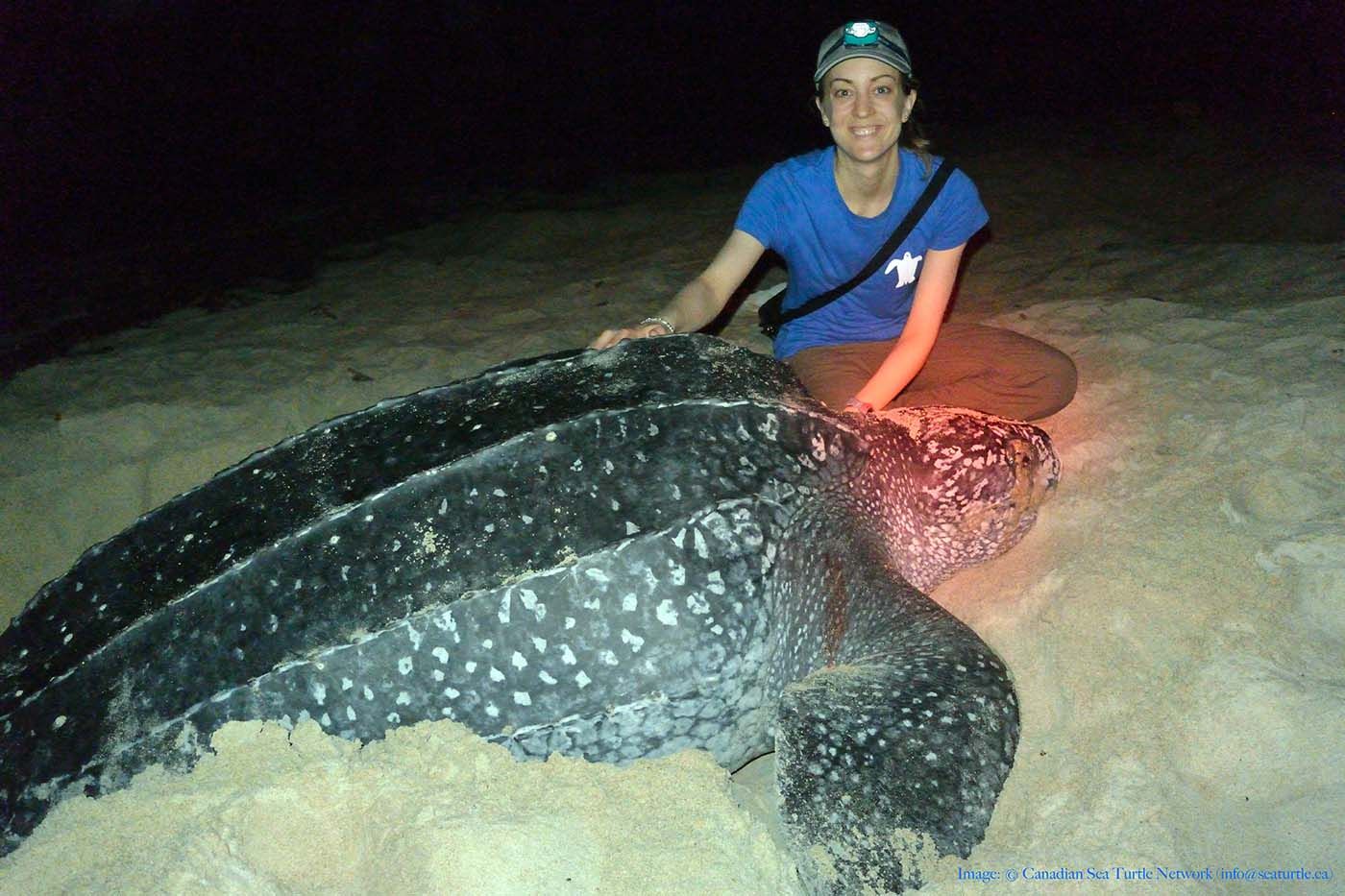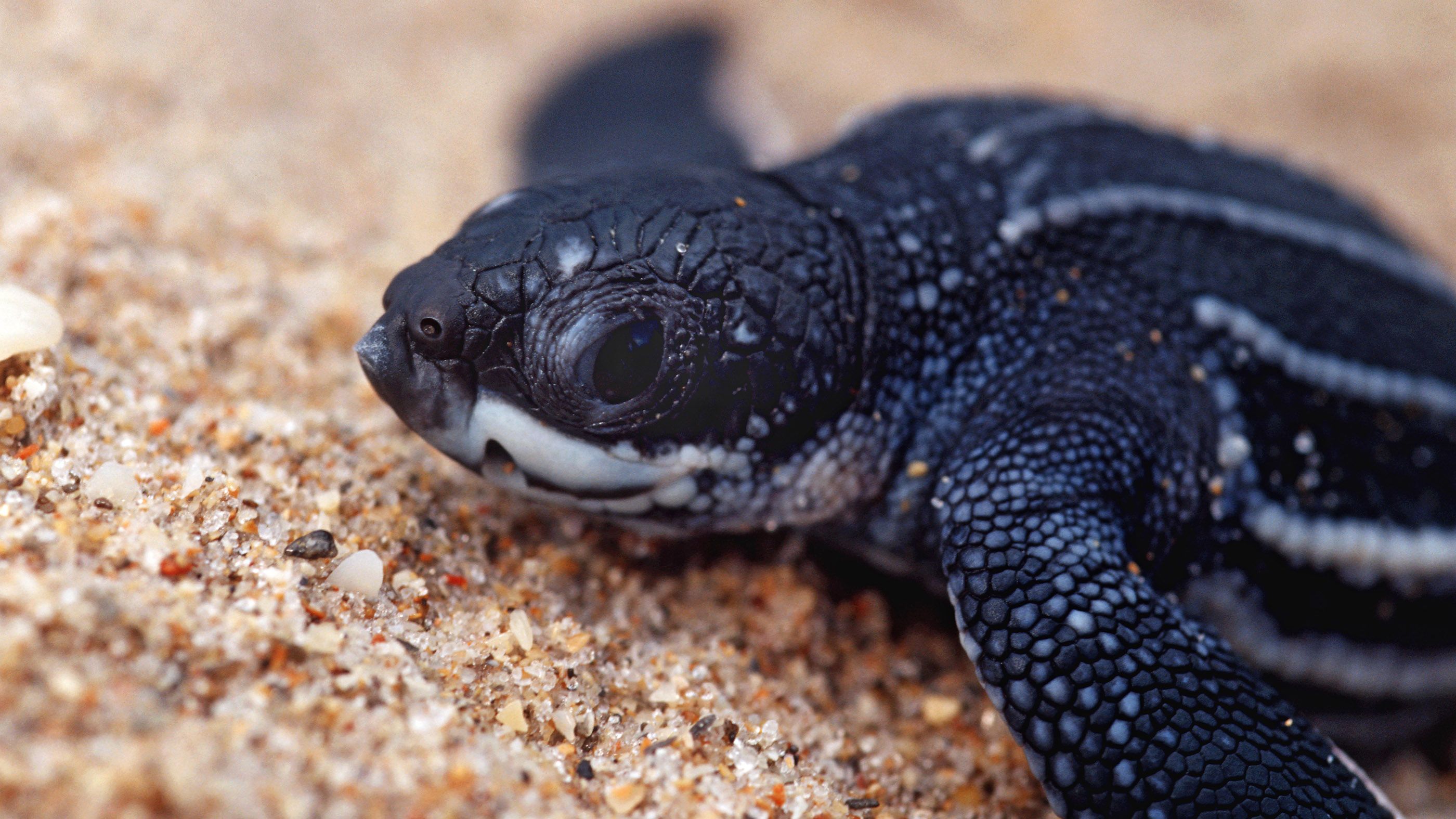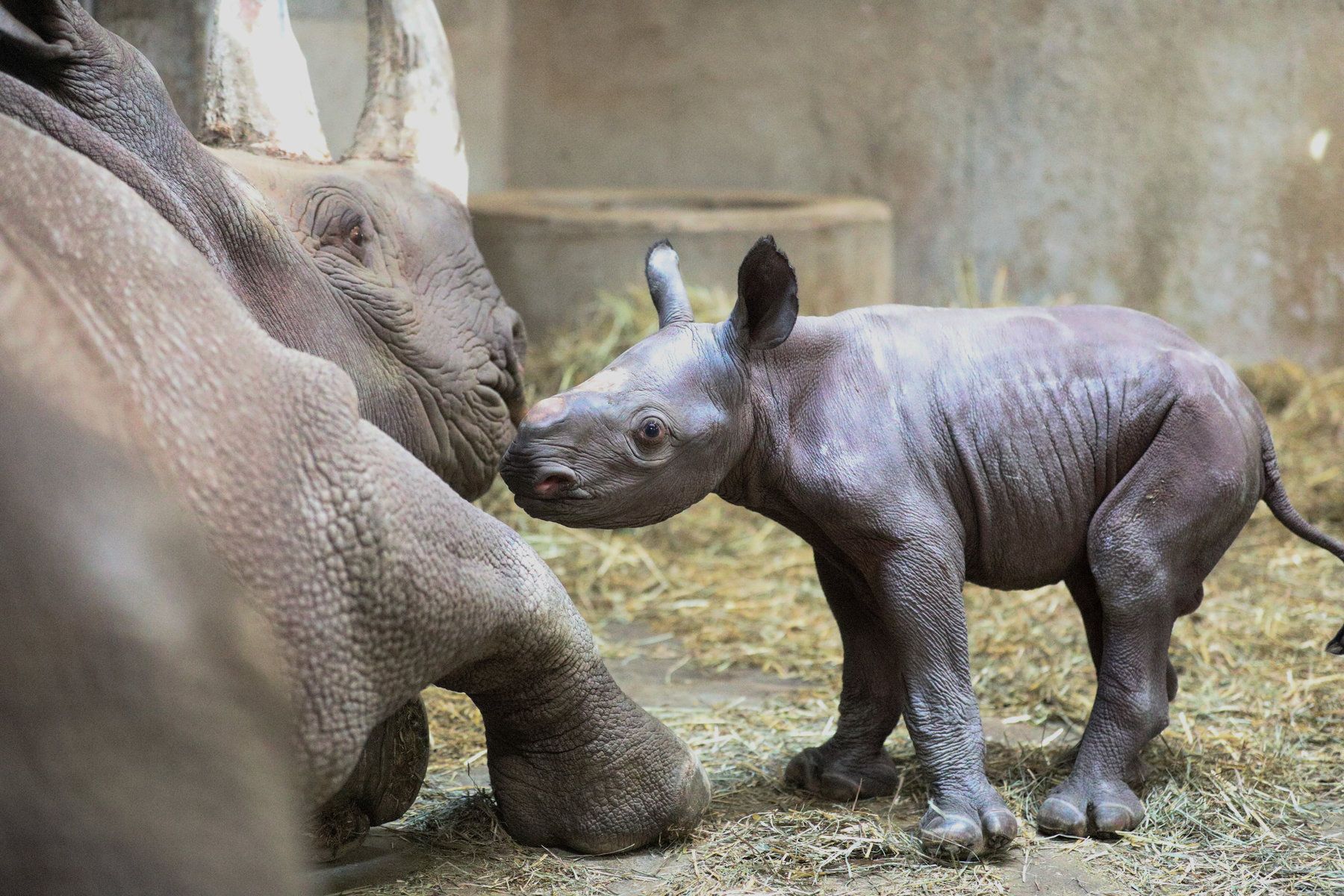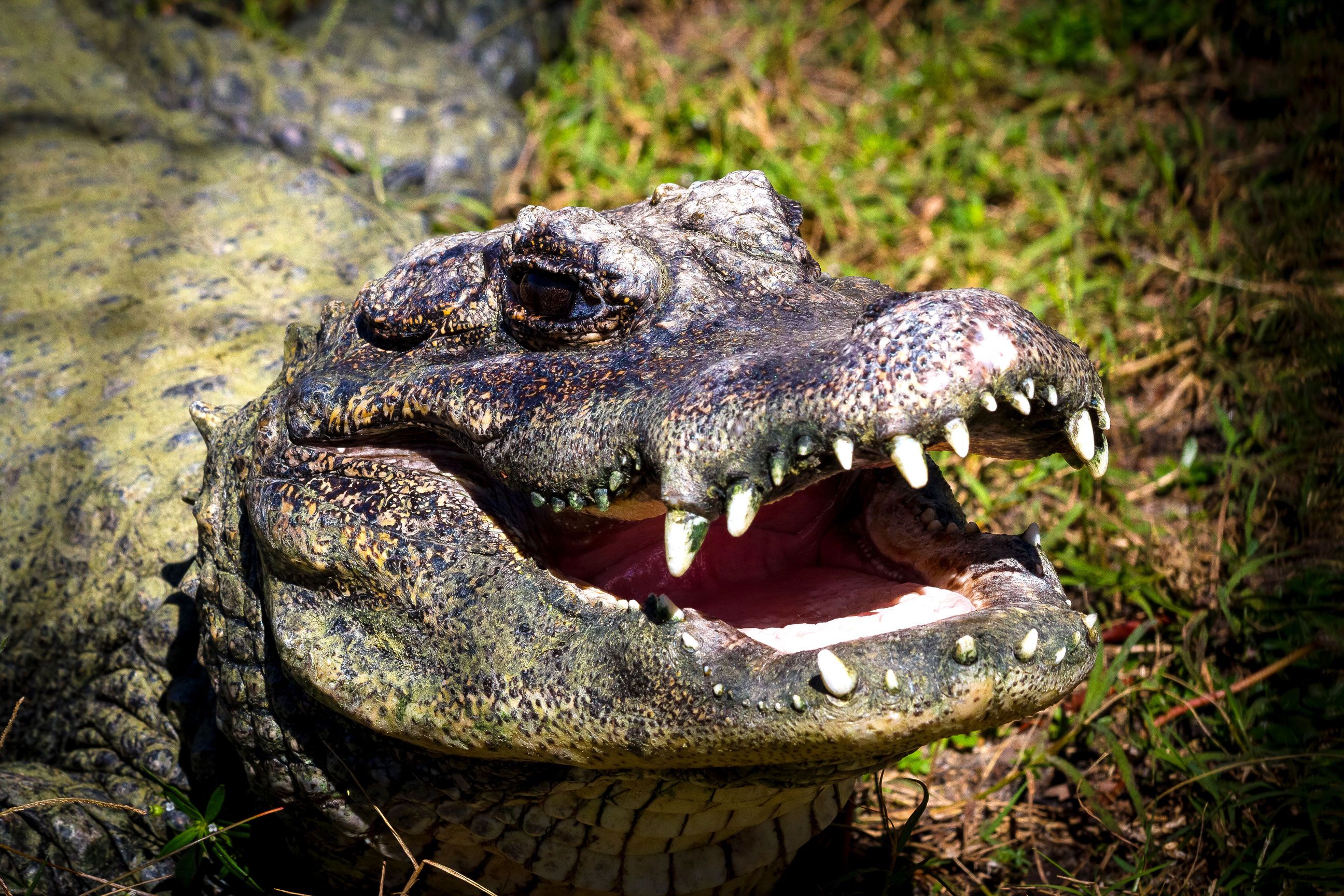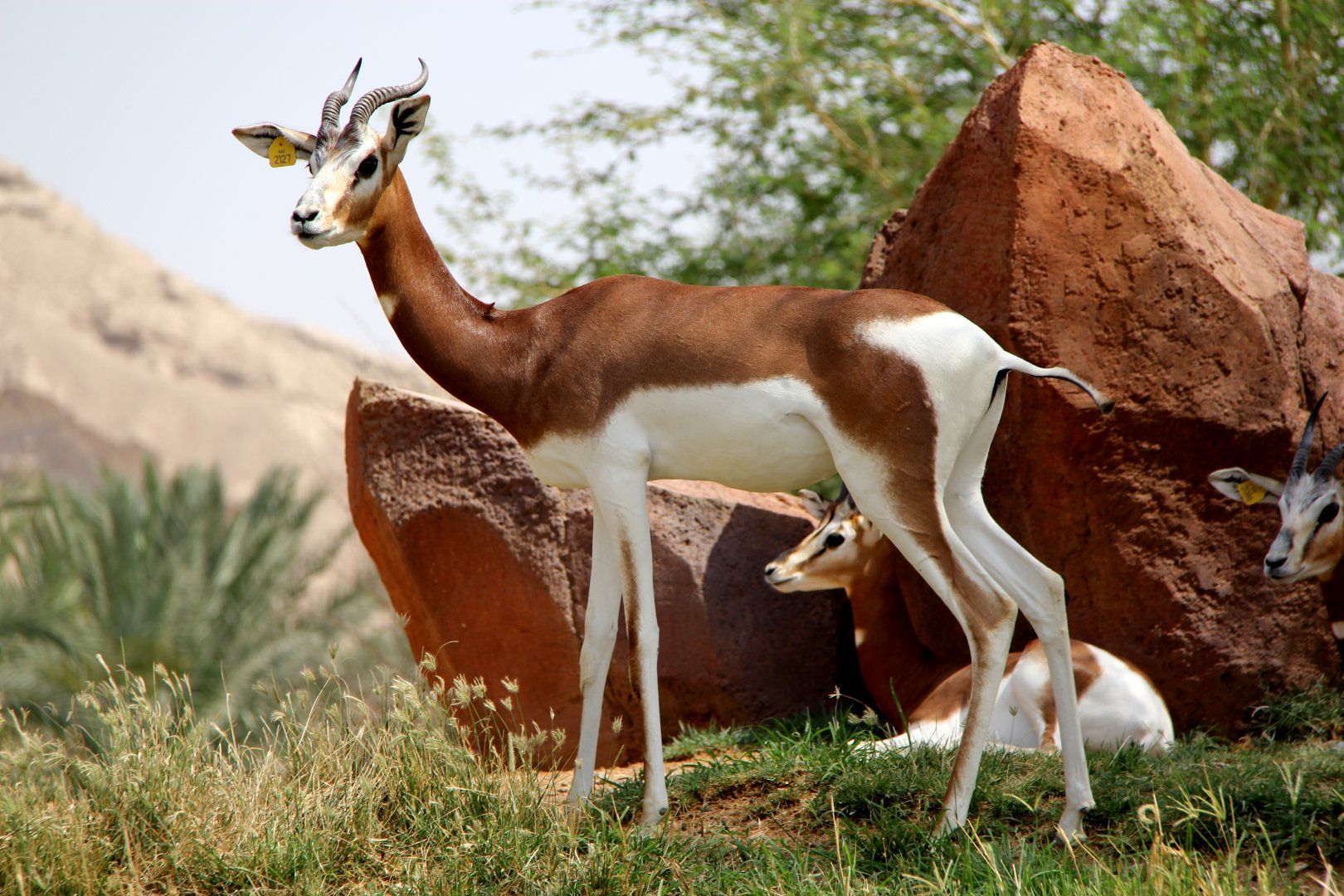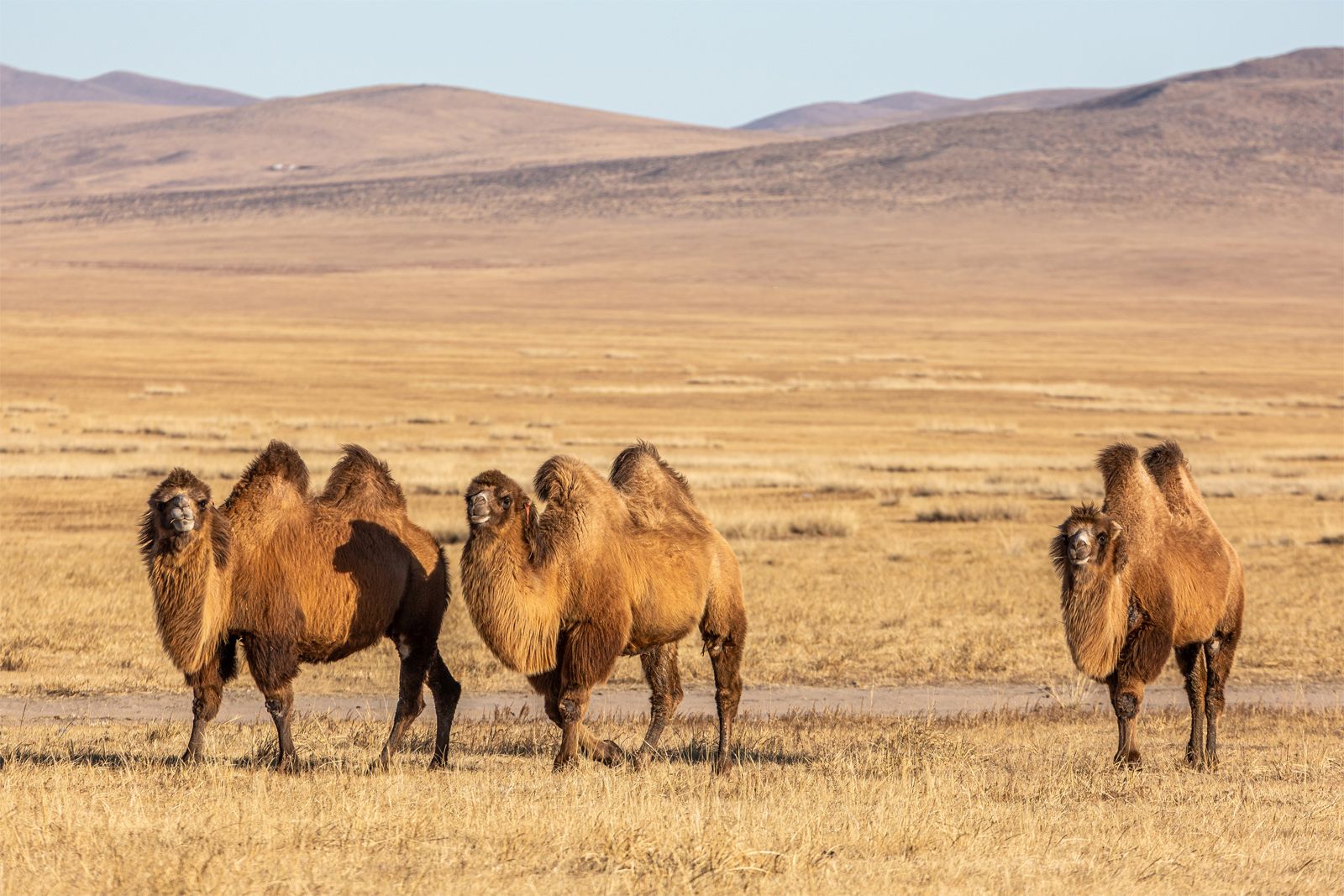While some animals exceed the constraints of time, others continue to make the endangered species list. When an animal is declared endangered, it can mean different things for other species as well as the ecosystem. Each animal is connected and part of a unique balance, providing a mutual, beneficial, or parasitic compliment to another creature.
Most recently, the news of the endangerment of honeybees made headlines and spelled out disaster for the rest of the ecosystem as we know it. However, they're not the only animals who are facing total extinction within our lifetime. Over the course of the next ten years, both the environment and human nature will play a large role in how long these species survive and if they can make it off the endangered species list.
The Leatherback Turtle
These turtles have quite the reputation, as they're the largest sea-dwelling turtles in existence. Their size can measure up to eight feet long and they can weigh nearly two tons. Witnessing one of these on the beach is an amazing experience, as their sheer size and unique patterning make them unmistakable.
They're also the deepest-diving turtles, able to swim to great depths in order to catch jellyfish. This species, which belongs to a family that dates back more than one million years, is now declining due to human action.
The Black Rhino
The Black Rhino is critically endangered, which means that its numbers are dwindling drastically as the years go by. The number of these rhinos began declining during the 20th century, as they were hunted by European settlers. By 1995, there were less than 2,500 in existence. Conservation efforts were put into high gear and the population has since increased in number, but still remains at less than 6,000 in existence today, as the fight continues to protect them from poachers and other threats.
The Chinese Alligator
Another species that's considered to be critically endangered is the Chinese Alligator. This reptile species is the closest cousin of the American alligator, and the two are very similar in both features and appearance, although the Chinese alligator is relatively smaller in comparison. The Chinese Alligator has faced a myriad of threats at this point, including pollution, the loss of its habitat, and hunting - all of which continue to be a struggle today.
The Dama Gazelle
This beautiful species is on the critically endangered list thanks to a warzone hitting what was once their home, desertification, and hunting. These gazelles are the largest of their species and significant conservation efforts are currently being made to preserve what's left of the remaining population.
There are many amazing zoos in the world that help where they can, and Smithsonian's National Zoo along with the White Oak Conservation Center have been putting forth efforts in cryopreservation for this species.
The Wild Bactrian Camel
While many might be familiar with camels in captivity, the Bactrian Camels are truly wild. As of today, less than 1,000 remain in existence, which is extreme compared to many other species on the endangered list. Furthermore, these beautiful mammals only exist in four areas in the entire world. While they're a hearty species and can withstand natural threats such as lack of food, droughts, and high levels of radiation, they're facing dwindling numbers thanks to hunting, lesser habitats, and even competition from other local livestock in the area. While their population number remains at 950, the numbers continue to decline as they're unable to overcome the threats surrounding them.

